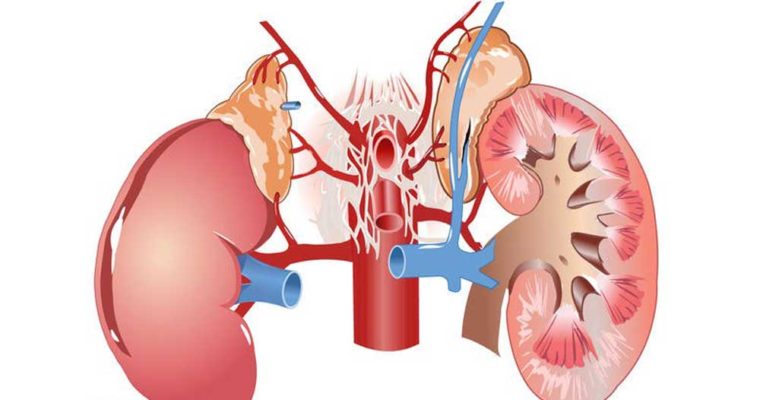What Can We Eat in Kidney Disease
Like | DoctorBabu | January 11, 2018 | Kidney Health Benefits, healthytips, kideny
The diet for kidney disease patients is strictly controlled. Here we are some suggestions for you:
SEA FOOD
Sea food contains higher fat and purine, and eating too much fat will cause hyperlipidemia and eating too much purine which will turn into lithic acid will cause hyperuricemia. All these complications will cause damage to kidneys.
CARBOHYDRATES
Fruits, vegetables and grains. They provide energy, as well as fiber, minerals, and vitamins.
For high calories you can eat pies, cakes, or cookies, as long as you limit desserts made with dairy, chocolate, nuts, or bananas.
FATS
Fats are good source of calories. Make sure to use monounsaturated and polyunsaturated fats to protect your heart health.
PROTEIN
Low-protein diets may be helpful before you start dialysis. Your doctor may recommend a lower-protein diet based on your weight, stage of disease, how much muscle you have, and other factors. But you still need enough protein, so work with your provider to find the right diet for you.
Once you start dialysis, you will need to eat more protein. A high-protein diet with fish, poultry, pork, or eggs at every meal may be recommended. This will help you replace muscles and other tissues that you lose.
CALCIUM AND PHOSPHOROUS
The minerals calcium and phosphorous will be checked often. Even in the early stages of chronic kidney disease, phosphorous levels in the blood can get too high. This can cause:
Low calcium. This causes the body to pull calcium from your bones, which can make your bones weaker and more likely to break.
SALT OR SODIUM
Reducing sodium in your diet helps you control high blood pressure. It also keeps you from being thirsty, and prevents your body from holding onto extra fluid. It is likely that you will need to cut down the sodium in your diet.
POTASSIUM
Normal blood levels of potassium help keep your heart beating steadily. However, too much potassium can build up when the kidneys no longer function well.
Potassium is found in many food groups, including fruits and vegetables. Choosing the right item from each food group can help control your potassium levels.
When eating fruits:
Choose peaches, grapes, pears, cherries, apples, berries, pineapple, plums, tangerines, and watermelon Limit or avoid oranges and orange juice, nectarines, kiwis, raisins or other dried fruit, bananas, cantaloupe, honeydew, prunes, and nectarines When eating vegetables:
Choose broccoli, cabbage, carrots, cauliflower, celery, cucumber, eggplant, green and wax beans, lettuce, onion, peppers, watercress, zucchini, and yellow squash Limit or avoid asparagus, avocado, potatoes, tomatoes or tomato sauce, winter squash, pumpkin, avocado, and cooked spinach
IRON
People with advanced kidney failure also have anemia and usually need extra iron. Many foods contain extra iron (liver, beef, pork, chicken,and kidney beans, iron-fortified cereals).
Here are some suggestions for you . In early stage kidney disease, diet may be not so strict, but if you are in kidney failure stage, do not lose control.

Leave a Reply